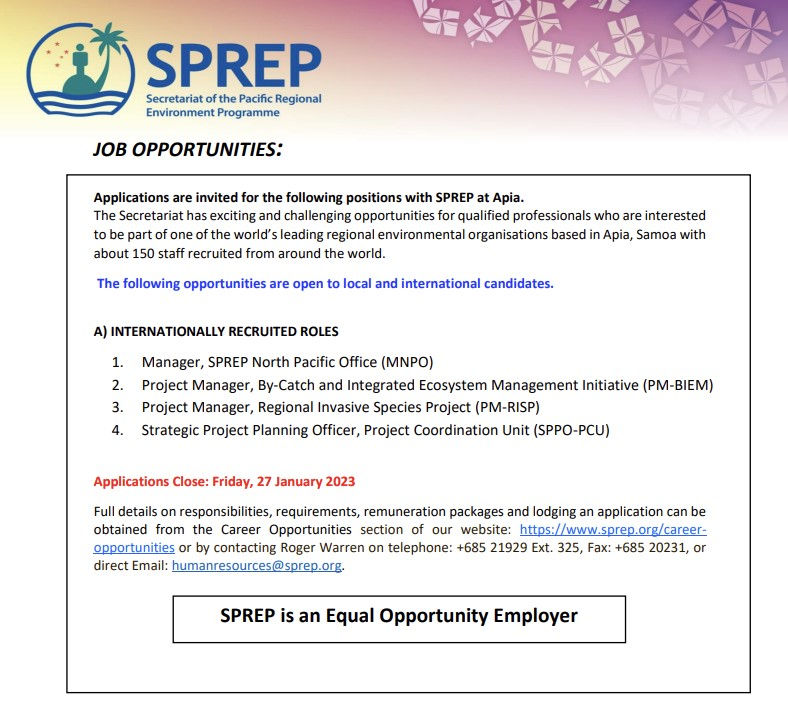
By Raquel Bagnol
Palau is rich in stories, myths and legends that are part of the people’s lives. Oral traditions play an important role in the Palauan heritage: they amuse, guide, help to promote norms, and help the people identify with their ancestors.
According to stories narrated by Palau’s elders, gods and goddesses traveled between the upper and the lower worlds in ancient times. People built their villages on star-shaped hills to give the demi-gods easy access to travel back and forth and keep in contact with each other.
The humans continued to look for ways to bridge the gap between the upper and the lower worlds.
The people attempted to get closer to the gods of the upper world by building altars on top of hills. Villages were built on high grounds and terraces because the people believed the upper world was rich in knowledge, money and skills. They believed great things would come if they built their villages on elevated areas.
Then came a flood that destroyed the lower world. The villages were buried under the soil, and killed all life forms. The villages were eventually forgotten. The destruction of the lower world saddened the gods and goddesses, so they came down to give the world a new life. The people built new settlements on elevated places again because they wanted to be close to the demi-gods as before.
The gods and goddesses mingled with the humans and taught them livelihood skills and knowledge like planting taro, arts and crafts, roles and responsibilities of the chiefs, skills for building the bai or the community meetinghouse and natural childbirth.
Soon, the people began to rely more on themselves. The gods and goddesses felt that the people no longer needed them so they returned to the upper world. As their spirits rose to the skies, the earthly bodies they left behind turned to stones. These stones scattered around Palau were reminders that even if the demi-gods no longer lived among the people, they still continued to watch them from the upper world.
After the flood, the soil became rich and fertile. The taro patch flourished and provided food for the population. The people started relocating to the coastal areas where the soil was more fertile.
Despite their new-found independence, the people did not forget the gods and goddesses who gave them new lives. They continued to please the demi-gods and made offerings and praise to show their gratitude.
Today, many terraces and high peaks are considered sacred or forbidden as proof of the people’s continued reverence for the gods and goddesses.
This is just one of the hundreds of oral histories passed down from generation to generation. Oral traditions and narratives have been integrated into the archaeological history of Palau. These stories help to interpret and understand the cultural practices and traditional history of Palau communities.
Archeologist Dr. Jolie Liston and Melson Miko of the Palau Visitor’s Authority published their research titled “Oral Tradition and Archeology, Palau’s Earth Architecture,” which explains how oral traditions had been used to work alongside archaeological investigations.
The construction of the U.S.-funded Compact Road in Babeldaob led to the discovery of impressive earth architecture such as terraces, peaks, ridges and hills shaped into crown earthworks. The authors said Palau’s collection of oral traditions lacked narratives about the earth's architecture.
Summing up her interviews with Palauan elders from Ngaremlegui State, Miko said seven of the 10 sources cited connections between the demi-gods, earthworks and humans.
The elders said terraces, high peaks and piles of large rocks found around the island were remnants of the staircases to the upper world. They said humans built the terraces for ritual, ceremonial and sacred reasons, and ancient villages and altars must be held sacred because they possess special powers. The other three said the earth structures were natural and were not connected to anything.
It is interesting to note that in Palau’s hierarchical society, access to information has to be culturally approved, especially information about social relations and their associated contexts.
This means not everyone can receive or share stories. Even if a person knows a story, he or she has to belong to a specific clan or rank and must live in a specific location before they can claim aspects of knowledge. Some stories can only be shared or passed to the legitimate heir to the information.
There are also limitations to the use of oral traditions. One can only share segments of stories that are significant and beneficial to the dominant group. It’s essential for archeologists and researchers to critically evaluate oral stories for accuracy in memory before they are used as data sources.
The authors said only Palau's oral historian Julita Tellei and others who are considered “knowledgeable informants” can share knowledge with specific individuals.
Tellei said there are pieces of information that are restricted. They are eventually lost when no one who is authorized to share that story is left.
ADVERTISEMENT
Before oral stories can be used in archaeological interpretations, it is critical to know the background of the informant, where they got their knowledge, and what specific question was asked during the interview to determine the legitimacy of a story.
Palau adopted an amendment to Section 106 of the U.S. National Historic Preservation Act of 1966, “to recognize a fundamental connection between tangible and intangible cultural properties.” The amendment allows the merging of oral historical and archaeological interpretations in evaluating archeological sites.
Each state has recognized representatives who are knowledgeable about the traditions and narratives of their own regions. The representatives document and protect the cultural properties of Palau including oral histories, music, archaeological sites, customs, and practices, among others.
Raquel Bagnol is a longtime journalist. She worked as a reporter for Marianas Variety on Saipan and Island Times in Palau. Send feedback to gukdako@yahoo.com
Subscribe to
our digital
monthly edition





Comentários